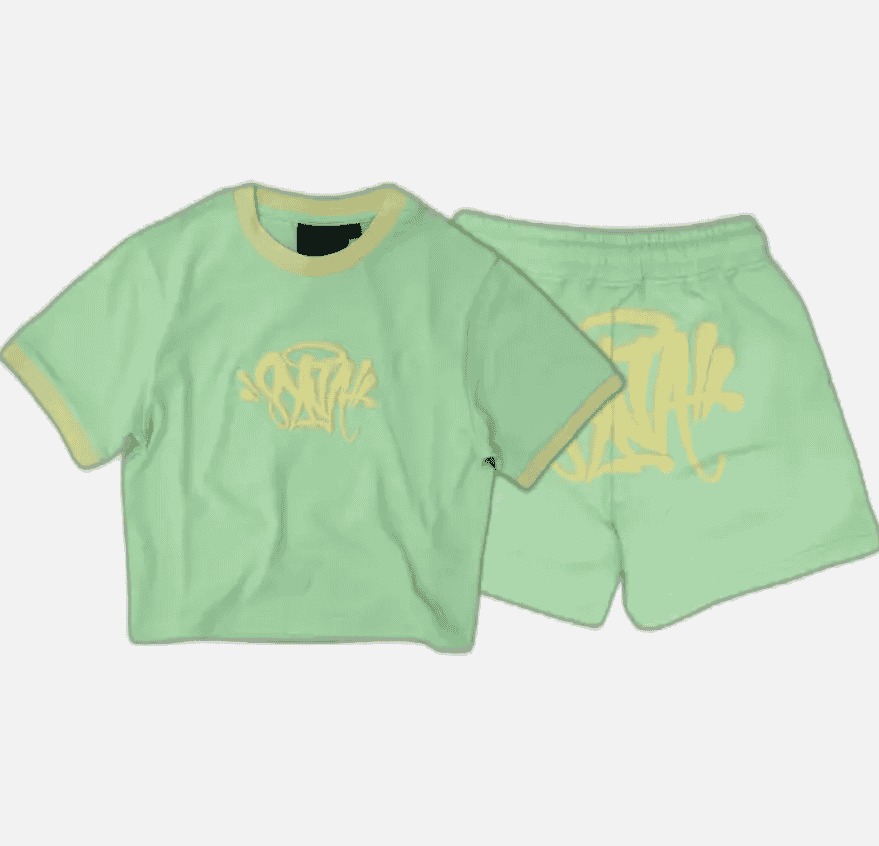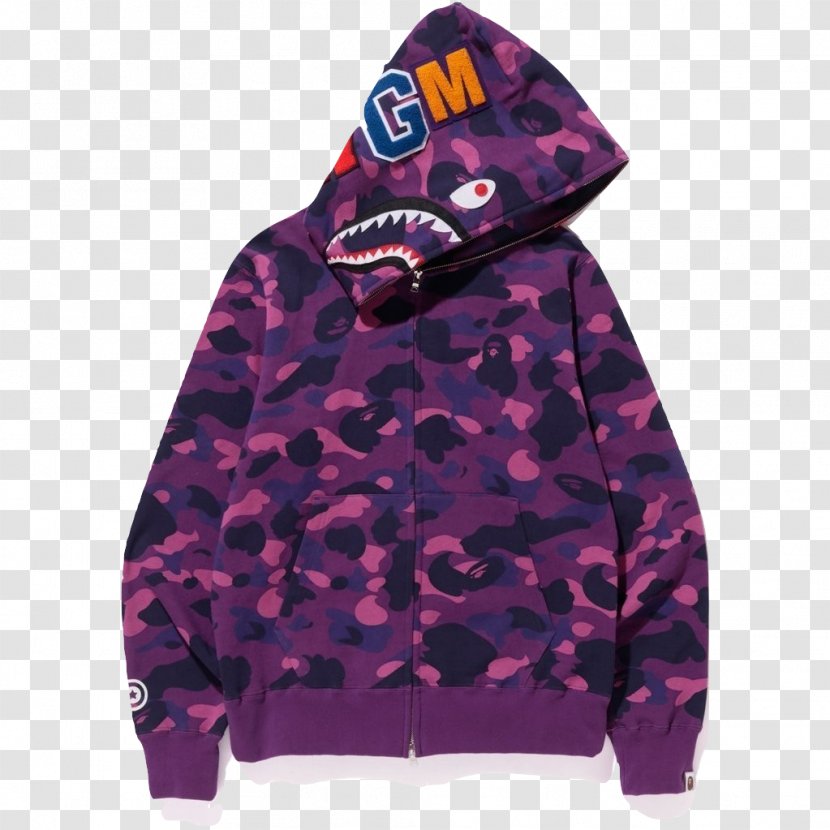In the world of streetwear, few names carry as much weight as A Bathing Ape (BAPE). Known for its loud graphics, camo prints, and daring aesthetic, BAPE has consistently pushed boundaries. But perhaps one of its most iconic contributions to fashion and sneaker culture is the Bapesta, a shoe that transcends footwear to become a cultural statement.
The Bapesta is more than a sneaker; it’s a symbol of individuality, collaboration, and artistic rebellion. It mirrors the ethos of Tokyo street style and the global hip-hop scene. Whether you’re a sneakerhead, a fashion enthusiast, or someone just discovering streetwear, the Bapesta deserves a deep dive.
The Origins of the Bapesta: A Bold Statement
The Bapesta was first introduced in the early 2000s by Nigo, the founder of BAPE. Nigo, heavily inspired by hip-hop and Western culture, sought to create a shoe that would rival American street staples. What emerged was a sneaker that bore a striking resemblance to the Nike Air Force 1 but infused with BAPE’s loud and unapologetic DNA.
It wasn’t just a clone; it was a remix. Where the Air Force 1 was subtle, the Bapesta screamed individuality. Patent leather, candy colors, and the signature shooting star logo (replacing Nike’s swoosh) gave the shoe its unmistakable identity. While some critics accused BAPE of imitation, fans knew it was all about reinterpretation and cultural commentary.
Cultural Impact: From Tokyo to the World
The early 2000s were a golden era for the Bapesta. It quickly became a must-have for rappers, celebrities, and streetwear aficionados. One of the most pivotal moments came when Pharrell Williams and Kanye West were seen rocking Bapestas, cementing the shoe’s place in pop culture. These moments weren’t just about fashion; they were signals of a global streetwear shift.
In Japan, the Bapesta was a status symbol. In the U.S., it was a bridge between East and West. And globally, it became a collector’s item. Limited drops, unique colorways, and collaborations only added to its allure. Each release felt like a piece of art—a wearable expression of the time.
Design and Aesthetic: Loud, Proud, and Unapologetic
One look at the Bapesta and it’s clear: this shoe wasn’t made to blend in. The signature patent leather glistens under city lights. The exaggerated colors—metallics, neons, and camo—make it impossible to ignore. And of course, the iconic STA logo, shaped like a lightning bolt or shooting star, stands as a middle finger to minimalism.
What made the Bapesta unique was its willingness to be playful. While most sneaker brands leaned into performance or heritage, BAPE leaned into self-expression and luxury streetwear. Every pair felt like a limited-edition canvas, echoing Tokyo’s Harajuku style scene.
Today’s Bapestas often experiment with materials like suede, leather mixes, and updated silhouettes. While the DNA remains intact, BAPE has been smart in modernizing the shoe to keep it relevant for new generations.
Collaborations: Fueling Hype and Collectibility
The Bapesta’s legacy is incomplete without mentioning its legendary collaborations. Over the years, BAPE has worked with a who’s who of music, art, and fashion. From Marvel Comics and DC to high-profile collabs with Undefeated, Stüssy, and even Coach, each drop brought a new story to the sneaker.
One of the most iconic collaborations remains the Kanye West “College Dropout” Bapesta, featuring artwork from his debut album. That pair not only holds resale value but also represents a significant cultural crossover—where music, fashion, and streetwear collided.
These collabs aren’t just about slapping logos together. They reflect mutual respect between brands and artists, and an understanding of what the Bapesta represents in the streetwear ecosystem.
The Resurgence of Bapesta in Modern Fashion
Fashion is cyclical, and after a few quiet years, the Bapesta is back in the limelight. Thanks to the Y2K revival and a renewed interest in archival streetwear, Bapestas are appearing on runways, in TikTok lookbooks, and across sneaker resell platforms.
Newer fashion icons like A$AP Rocky, Lil Uzi Vert, and Jaden Smith have all been spotted wearing the silhouette, bridging the gap between old-school sneakerheads and Gen Z tastemakers. The shoe has become a nostalgic nod for millennials and a fresh discovery for younger audiences.
BAPE has responded to the renewed interest with updated versions, low-top and high-top variations, and collaborations with contemporary artists and influencers. They’ve also opened new flagship stores globally, allowing fans to experience the brand firsthand.
Styling the Bapesta: How to Rock It Today
While the Bapesta was once a standalone statement piece, today it’s integrated into a broader streetwear aesthetic. Think oversized tees, wide-leg cargo pants, crossbody bags, and layered accessories. The sneaker pairs best with outfits that echo the same rebellious energy—nothing too polished, nothing too forced.
For a nostalgic 2000s look, pair it with baggy jeans, a vintage BAPE hoodie, and chunky jewelry. For a more modern twist, try neutral-toned Bapestas with techwear or minimalist street fits.
The key to styling the Bapesta is confidence. The shoe does a lot of the talking, so wear it like you mean it.
Why the Bapesta Still Matters
In an era flooded with collaborations, limited drops, and hype cycles, the Bapesta holds a unique place. It was never about performance tech or athletic history. It was about cultural resonance—a shoe that challenged norms, inspired creativity, and told a story far beyond the streets of Tokyo.
For long-time fans, the Bapesta is a reminder of when streetwear felt more underground and community-driven. For newcomers, it’s an invitation to explore one of fashion’s most audacious brands.
More than two decades later, the Bapesta continues to evolve, proving that true icons never go out of style—they just find new ways to stay relevant.
Conclusion: The Bapesta’s Future Is Bright
From its roots in Tokyo to its status as a global fashion staple, the Bapesta is more than just a sneaker—it’s a movement. It challenged conventions, inspired collaborations, and paved the way for the bold aesthetics dominating today’s streetwear scene.
As the fashion industry continues to embrace individuality and nostalgia, the Bapesta is perfectly positioned for a long-lasting revival. Whether you’re hunting for a rare pair on the resale market or picking up the latest drop, wearing Bapestas is about embracing a legacy of creativity, rebellion, and unapologetic style.






